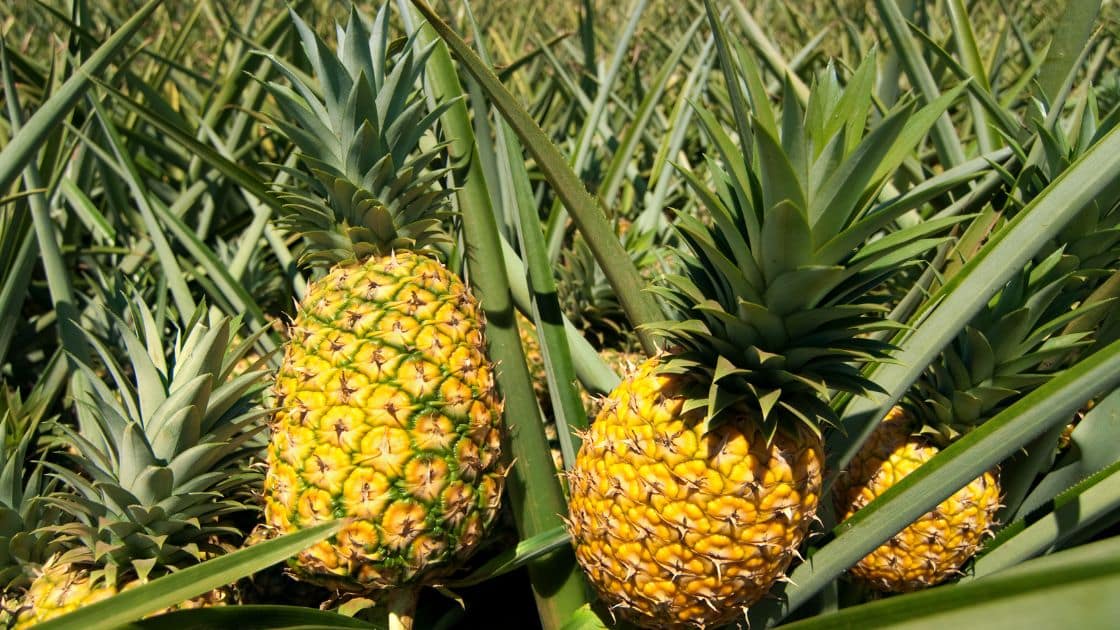Is there anything more delightful than biting into a juicy, ripe strawberry? These vibrant red berries are not only delicious but also incredibly versatile. Whether you enjoy them fresh off the vine, in a jam, or as a topping on your favorite dessert, the strawberry plant is a must-have for any aspiring gardener. In this article, we will explore everything you need to know about growing your own strawberry plants and reaping the rewards of a bountiful harvest.
Strawberry Plant: An Overview
The strawberry plant, scientifically known as Fragaria, is a perennial plant that belongs to the Rosaceae family. It is native to temperate regions and is well-loved for its sweet, tart flavor. With its sprawling growth habit and distinctive white flowers, the strawberry plant is as ornamental as it is productive.
Choosing the Right Variety
When it comes to growing strawberries, choosing the right variety is crucial. Different strawberry plants have varying growing requirements and fruit characteristics. Some popular varieties include:
- June-bearing strawberries: These plants produce a single, bountiful crop in late spring or early summer. They are ideal for gardeners who prefer a concentrated harvest.
- Ever-bearing strawberries: As the name suggests, ever-bearing strawberries produce fruit throughout the growing season. This makes them an excellent choice for gardeners looking for a continuous supply of fresh berries.
- Day-neutral strawberries: Day-neutral strawberries are known for their ability to bear fruit regardless of the day length. This makes them suitable for growing in a wide range of climates.
Planting Your Strawberry Patch
To ensure a successful strawberry harvest, it is important to properly plant your strawberry patch. Follow these steps to get started:
- Choose a sunny location: Strawberry plants thrive in full sunlight. Select a spot in your garden that receives at least 6-8 hours of direct sunlight each day.
- Prepare the soil: Strawberry plants prefer well-draining soil that is rich in organic matter. Amend the soil with compost or well-rotted manure before planting to provide the plants with essential nutrients.
- Space the plants correctly: Give your strawberry plants enough room to grow by spacing them 12-18 inches apart. This will ensure good air circulation and prevent disease.
- Water regularly: Strawberry plants need consistent moisture to produce healthy fruit. Water them deeply once a week, aiming for 1-1.5 inches of water per week.
Caring for Your Strawberry Plants
Growing strawberry plants requires ongoing care and attention. Here are some tips to keep your plants thriving:
- Mulching: Mulching around your strawberry plants can help retain soil moisture and suppress weeds. Use straw or pine needles to create a protective layer over the soil.
- Fertilizing: Feed your strawberry plants with a balanced fertilizer in early spring and again after the first fruit has formed. Follow the package instructions for application rates.
- Pest control: Keep an eye out for common strawberry pests such as aphids, slugs, and snails. Remove any affected leaves or fruits and consider using organic pest control methods if necessary.
- Pruning: After harvesting, remove any old or damaged leaves to promote healthy growth. Thin out runners to prevent overcrowding and encourage the production of larger berries.
Harvesting and Storing Strawberries
The moment you’ve been waiting for has arrived: it’s time to harvest your strawberries! Here’s how to do it:
- Pick at the right time: Strawberries are at their sweetest when fully ripe. Look for berries that are fully red and have a glossy appearance. Gently tug on the stem, and the ripe berry should easily detach from the plant.
- Store properly: If you can resist eating them all at once, store freshly picked strawberries in the refrigerator. Place them in a shallow container lined with a paper towel to absorb excess moisture. Use them within a week for best flavor.
Read more:
Conclusion
Growing your own strawberry plants is a satisfying and rewarding experience. With a little care and attention, you can enjoy an abundant supply of delicious berries right in your own backyard. So why not embark on this fruity adventure and add a touch of sweetness to your garden? Happy growing!





